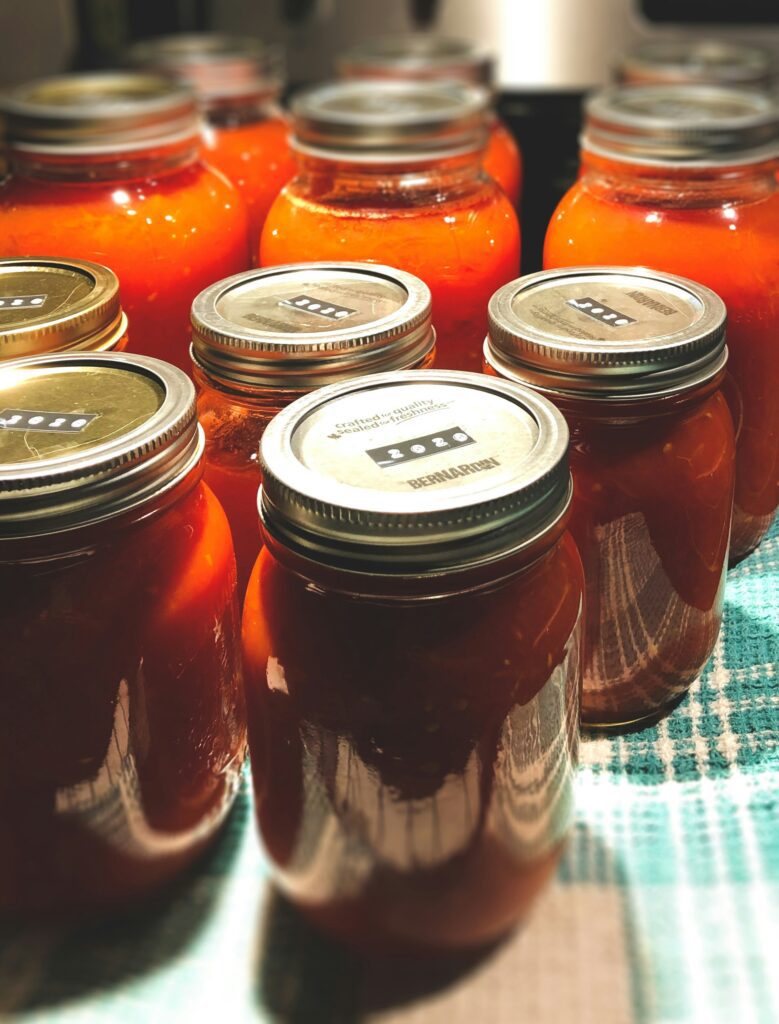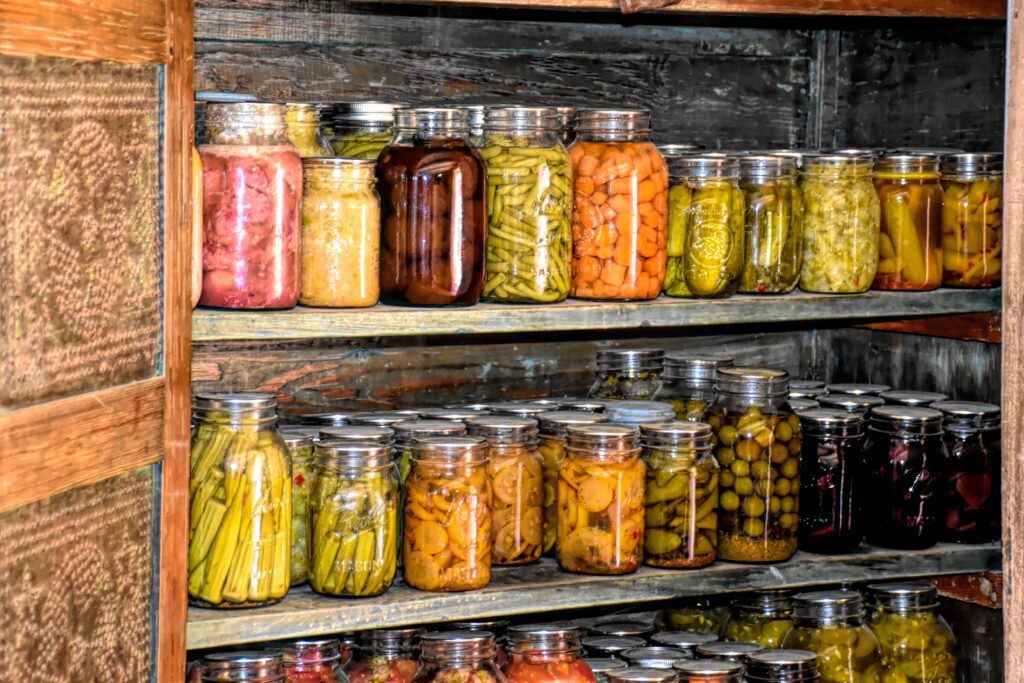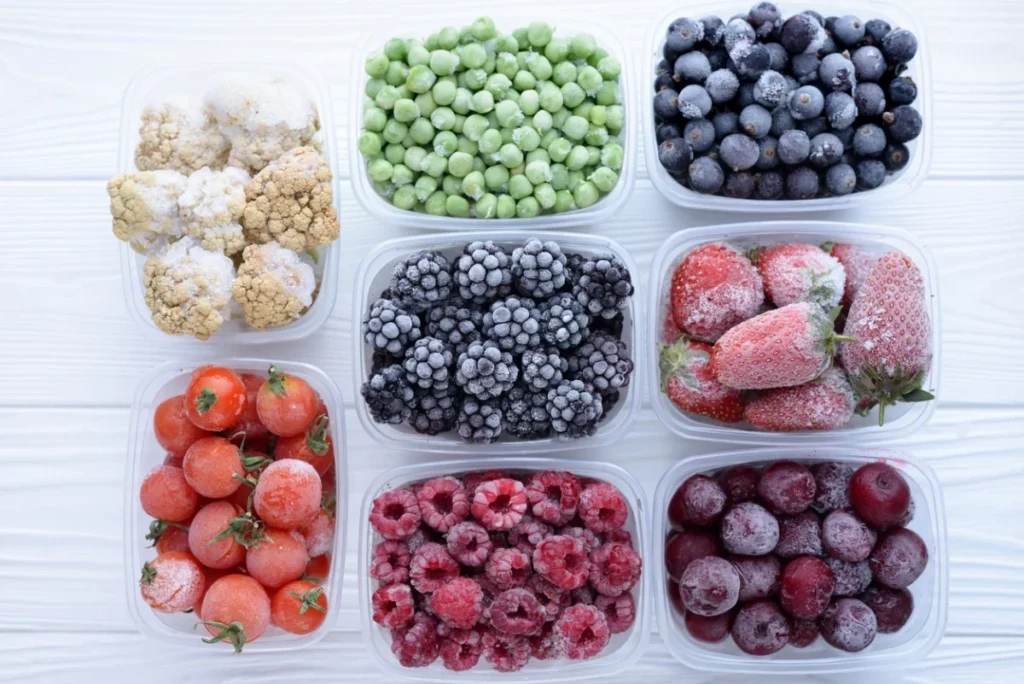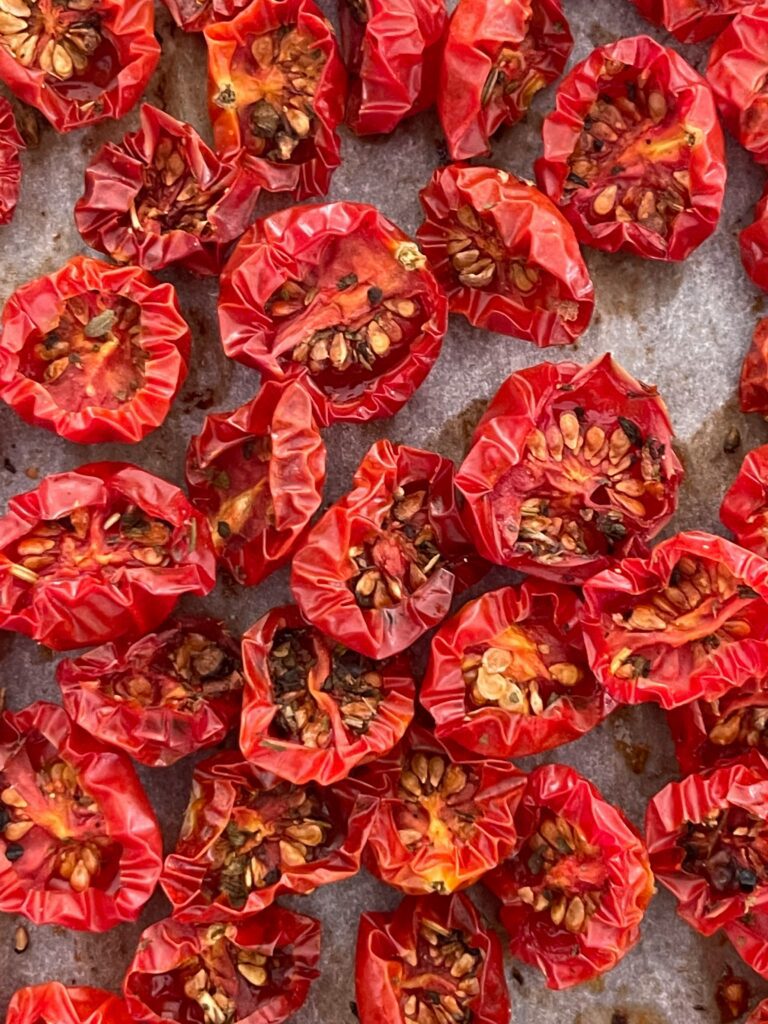
With an abundance of food flourishing in the garden, there arises the necessity to preserve the surplus for future consumption.
But, with the right preservation techniques, you can savor the flavors of your homegrown fruits and vegetables long after the harvest season has passed. In this guide, we’ll explore three popular methods for preserving your bounty: canning, freezing, and drying.
Canning
Canning is a time-honored method of preserving fruits, vegetables, and even meats by sealing them in airtight jars. The process involves heating the food to kill bacteria and other microorganisms, then sealing it in sterilized jars to prevent spoilage. There are two main methods of canning: water bath canning and pressure canning.
Water bath canning is suitable for high-acid foods like fruits, tomatoes, and pickles. To water bath can, simply fill a large pot with water, place your filled jars inside, and bring the water to a gentle boil. Once the processing time is complete, carefully remove the jars and let them cool before testing the seals.
Pressure canning is necessary for low-acid foods like vegetables, meats, and poultry. This method requires a specialized pressure canner that heats the contents to a higher temperature than boiling water alone can achieve, ensuring the destruction of harmful bacteria like Clostridium botulinum. Follow a trusted recipe and the manufacturer’s instructions for safe pressure canning.

Freezing
Freezing is a quick and easy way to preserve the freshness of your harvest without the need for specialized equipment. Many fruits and vegetables can be frozen either raw or blanched to preserve their texture and flavor.
To freeze fruits and vegetables raw, simply wash and dry them thoroughly, then place them in a single layer on a baking sheet and freeze until solid. Once frozen, transfer them to airtight containers or freezer bags for long-term storage.
Blanching involves briefly immersing the produce in boiling water, then quickly cooling it in ice water to halt the cooking process. Blanching helps preserve the color, texture, and nutritional value of the food. After blanching, pat the produce dry, pack it into freezer-safe containers, and freeze.

Drying
Drying, or dehydration, is one of the oldest methods of food preservation. By removing moisture from fruits, vegetables, and herbs, you can prevent spoilage and enjoy their flavors year-round.
There are several methods of drying food, including air drying, oven drying, and using a food dehydrator. Air drying works well for herbs and hot peppers, which can be tied in bundles and hung in a warm, well-ventilated area until completely dry.
Oven drying involves placing thinly sliced fruits or vegetables on a baking sheet and drying them at a low temperature (usually around 140°F) until they are shriveled and leathery.
A food dehydrator offers precise temperature control and airflow for optimal drying. Simply arrange the produce on the trays, set the temperature and time according to the manufacturer’s instructions, and let the dehydrator do the rest.

With canning, freezing, and drying techniques at your disposal, you can enjoy the flavors of your homegrown produce long after the harvest season has passed. Whether you’re filling jars with homemade jams and pickles, stocking your freezer with frozen fruits and vegetables, or filling your pantry with dried herbs and spices, preserving the harvest allows you to savor the tastes of summer all year round.
